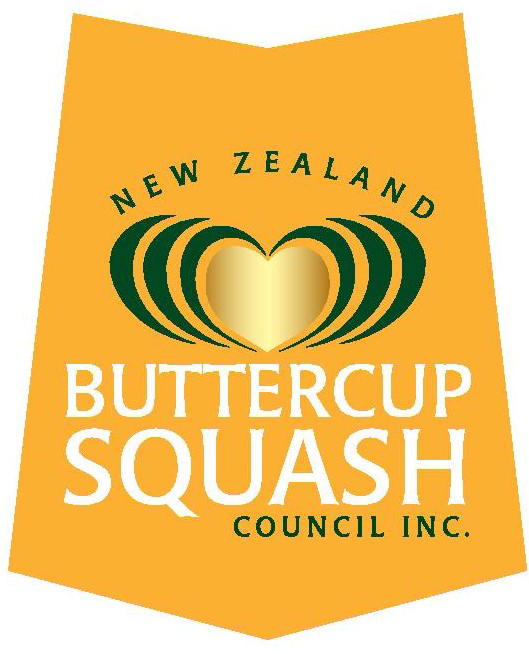Featured Research
This research catalogue contains published papers and reports and other research reports commissioned by the VR&I Board and contributing Product Groups.
Many of these documents are available directly on-line, in some cases they may be available only be emailing the Product Group concerned.
This page contains links to a selection of the latest research that has been supported by the VR&I Board.
Rootzone reality: technical review on network performance (2018)
PFR SPTS No. 16576 01/06/2018More details
In July 2014 a network of passive-wick tension fluxmeters was established on 12 commercial cropping farms in the Canterbury, Manawatu, Hawke’s Bay, Waikato and Auckland regions. The network is being used to quantify leaching losses of nitrogen (N) and phosphorus (P) in drainage water from below the crop rootzone. In this report we review the technical performance of the fluxmeter network for the period 1 October 2014 to 28 February 2018. This includes an
evaluation of measured drainage volumes against modelled outputs (generated using a mechanistic soil water balance model) and a summary of N and P losses in drainage water from each site. At most sites, this reporting period represents at least 3 years of continuous data collection allowing for multiple crop rotations and the dissipation of settling effects following installation of the fluxmeter units.
From this review we conclude that eleven of the twelve fluxmeter sites are operating in a manner suitable for the generation of robust data on N and P losses in drainage water (Table i). Only at one site (Site 8) were serious concerns raised about the performance of some fluxmeters, a number of which captured no drainage in the 41 months of monitoring. At all other sites, the fluxmeter units were found to be operational and effective at capturing drainage,
despite sometimes large variations in volumes captured by individual units. Drainage variability was attributed to different patterns of accumulation across the sites as affected by topography, soil physical properties and crop factors. At seven of the sites (Sites 1, 2, 3, 4, 5, 6 and 10), captured drainage volumes were highly consistent with the timing of drainage events and patterns of drainage accumulation as predicted by the soil water balance model (Table i). At the remaining five sites (excluding Site 8), and during certain periods, captured drainage volumes deviated from modelled predictions. This was attributed to flooding of the fluxmeters resulting in excess capture volumes (Sites 7, 11 and 12) or inefficient drainage collection resulting in reduced capture volumes (Site 9). Where flooding occurred, N and P losses were estimated using a combination of modelled drainage and measured concentration data, an approach that is common for other sampling methods such as suction cups. Concentration data from flooded units were carefully evaluated to ensure that values were representative of drainage permeating through the soil profile, as opposed to bypass flow or ground water infiltration. At Site 9, we are awaiting soil physical characterisation results to confirm whether captured volumes are indeed being underestimated.
Inorganic N losses have varied widely across the network sites ranging from 0.5 to 234 kg N/ha (Year 1; 1 September 2014 to 30 August 2015), 2 to 173 kg N/ha (Year 2; 1 September 2015 to 30 August 2016), 16 to 203 kg N/ha (Year 3; 1 September 2016 to 30 August 2017) and 3 to 118 kg N/ha (Year 4, part; 1 September 2017 to 28 February 2018) (Figure i). High net losses were associated with high drainage volumes and inorganic N concentrations (predominantly
nitrate-N) in drainage water. In most cases drainage losses occurred during the late autumn, winter and/or early spring months when rainfall and soil moisture contents were highest. Cumulative P losses in the respective Year 1, Year 2, Year 3 and current Year 4 monitoring periods ranged from 0.02 to 1.99 kg P/ha, 0.05 to 0.28 kg P/ha, 0.04 to 0.67 kg P/ha and 0.01 to 0.10 kg P/ha (Figure i). These represented fairly small net losses, of which the majority (50–95%) was in the dissolved reactive form (DRP) in the drainage water.
Nutrient management of vegetable crops in New Zealand (2019)
01/01/2019More details
By JB Reid and J D Morton
In 1986, MAF published Fertiliser Recommendations for Horticultural Crops. The book summarised nutrient requirements for the major vegetable crops based on research results obtained up till then (Wood et al. 1986). In 2000, the Vegetable Growers Handbook (Wallace 2000) contained information for fertiliser use, but the scientific basis for many recommendations was unclear. Since then, much has changed in the business, social and regulatory environment of horticulture. Crop location, varieties, management practices and yield expectations have changed, and growers are more aware of the impact of their practices on the environment. New scientific approaches have enabled researchers to quantify the influences of many of the key interactions between plants, soils, and management that influence productivity, profitability and risk.
This book builds on the 1986 recommendations with the results of a further thirty-odd years of research. In addition, there is information on environmental impacts and improving the efficiency of fertiliser use. The format is deliberately brief and direct.These recommendations are intended to be a guide based on the best current experimental evidence; they are not prescriptive requirements. At times it may be beneficial to use the skills of a nutrient management adviser to interpret and if necessary modify them for specific circumstances.
This book is intended to be a resource of best-practice advice to manage the nutrition of vegetable crops in New Zealand (NZ). The emphasis is firmly on practices that are scientifically defensible.
An evaluation of downy mildew control in onions with registered fungicides (2019)
More details
This field trial evaluates downy mildew control in onions with registered fungicides. This field trial is an extension from the laboratory trials carried out by Plant & Food Research testing for resistance of fungicides to downy mildew (Wright and Beresford, 2019). In this Pukekohe-based field trial a variety of fungicide treatments were applied and their ability to control downy mildew incidence was assessed. Applications of Zampro, Acrobat, Zorvec Enicade + Dithane and Reason + Dithane all provided significant and consistent downy mildew control. Overall, There was no significant difference in downy mildew control between the fungicide treatments. These results have been generated from a single field trial and as such should be interpreted with this in mind.
Sanitisers in vegetable food safety (2018)
Report PFP SPTS No. 17127 01/10/2018More details
This report reviews current practices for sanitiser use in the New Zealand vegetable industry.
Nutrient management for vegetable crops in NZ - recommendations and supporting information. Edition 1.0 (2019)
Milestone No. 79795. Contract No. NA. Job code: P/442060/23. SPTS No. 17238. DOI 10.5281/zenodo.2401444More details
This publication is a resource of further detail for the 2019 book Nutrient Recommendations for Vegetable Crops in NZ (Reid & Morton 2019).







